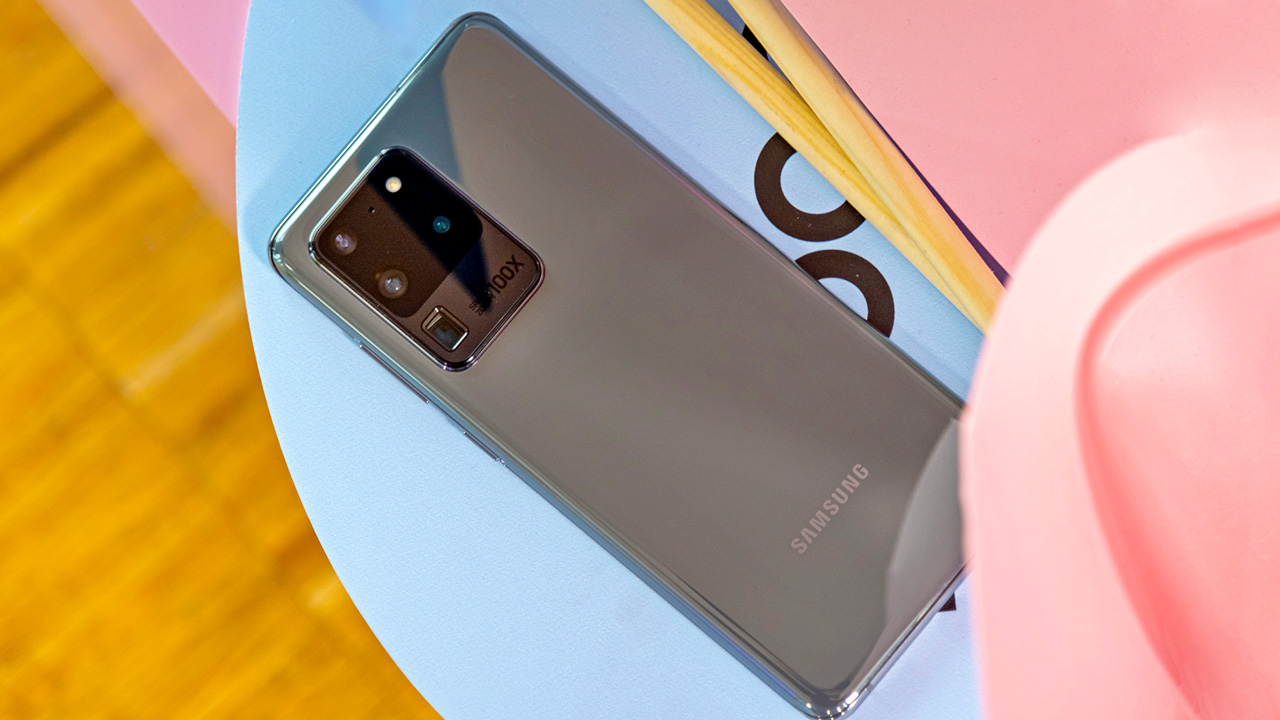Samsung Galaxy S20 Ultra has a 108MP camera sensor. Galaxy S20 Ultra’s 108MP captures twice as much light by grouping 3×3 pixels. The first Samsung Bright HMX used by Xiaomi (that’s what the “X” after “HM” stands for).
Now Samsung uses its own 108MP flagship and those use the HM1 sensor instead. But this is not at all. We are very happy to say, this sensor features some substantial changes.
The Samsung Galaxy S20 Ultra uses Nonacell technology. It found inside the large 1/1.33” sensor. No need to worry about, if you slept through Latin and Greek.
Basically it means 9-cell and 4-cell and are Samsung’s trademarks for different Bayer filters. Galaxy S20 Ultra is a suitable phone for middle-class people also.
Galaxy S20 Ultra’s 108MP captures twice as much light
We know Nonacell merges 9 neighboring pixels (from a 3×3 square) into one large 2.4µm effective pixel. Here is the magical info. By talking about this doubles the sensor’s light absorption capabilities compared to Tetracell (2×2) sensors.
Another good news is, Galaxy S20 Ultra’s 108MP company loads the ISOCELL Bright HM1 sensor with some serious hardware processing. This sensor is able to control the ISO of different groups of pixels. And also enabling one-shot HDR.
The good thing is – Galaxy S20 Ultra’s on-chip hardware is also able to do up to 3x lossless zoom – starting with 108 megapixels. It is really a good sign at all. Galaxy S20 Ultra can create 12MP photos at 3x magnification without upscaling.
Galaxy S20 Ultra is capable, the HM1 can record 8K footage at 24 fps. It also supports gyro-based Electronic Image Stabilization. In fact, it is for a smoother handheld video.
Frankly speaking, we can get a better feel by HM1 sensor. we can talk about Galaxy S20 Ultra widely in our future review. Till then stay tuned with us. Thanks for being with us.
